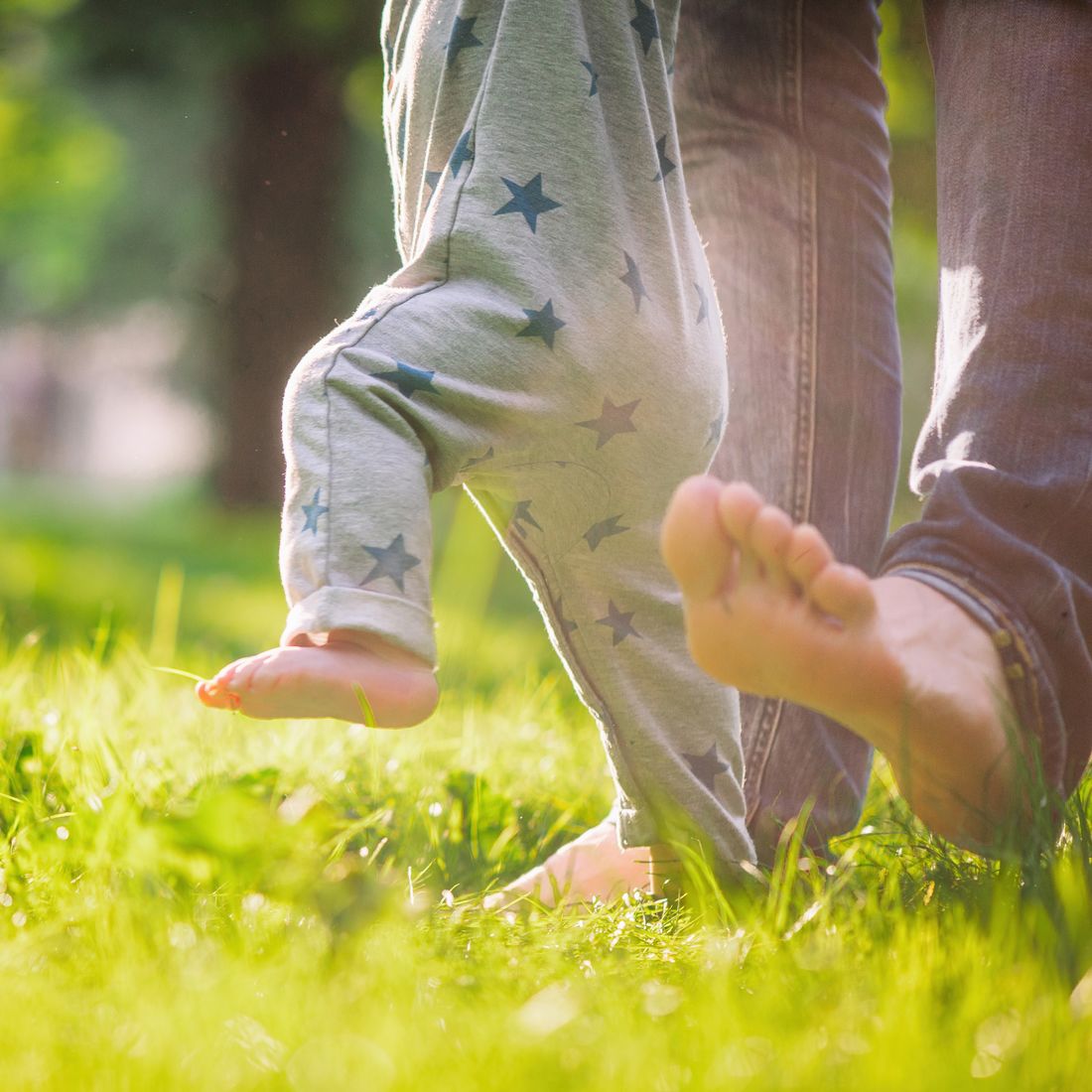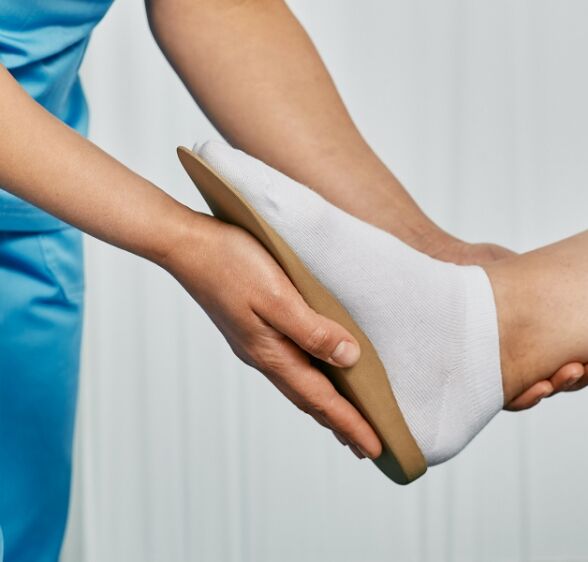 | Childrens PodiatryChildren’s feet differ from those of adults, as they are not yet fully formed. At six months of age the foot is still mostly cartilage and the last bone doesn’t begin to form until the child is around 3 years old. It is not until the child is around 18 that most of the bones are fully formed. Being mostly cartilage, children’s feet are soft and pliable and such are prone to damage from abnormal pressures, such as shoes that don’t fit well. Each child is unique and will go through the developmental stages in their own time. When your child first begins to walk shoes are not necessary for indoors. Allowing babies to go barefoot or just wear socks helps the foot to grow normally and promotes the grasping action of toes. Sometimes children walk with their feet pointed inward or outward. In most cases, these variations are normal and most children will have grown out of it by the age of two or three. Similarly, arch development is an individual thing and tends to stabilise by six or seven years of age. However, if the pattern persists, or if you are concerned, you should make an appointment for your child. A child’s foot will double in size by the age of one and they are approximately half their adult length by 18 months of age. Frequent changes in the sizes of socks and shoes are necessary to make room for rapidly growing feet during childhood. Do a size check at least every 1 – 3 months up to the age of three, every 4 months up to 5 years and every 6 months from 5 years. We are experienced with children and are happy to advise and manage your child's individual needs. |
| Calcaneal Apophysitis (Sever’s disease) can also occur in growing children, usually between the ages of eight and thirteen, as they increase participation in sporting activity. Calcaneal Apophysitis that limits their activities or is present all the time should be checked by a podiatrist. The podiatrist can advise whether the Calcaneal Apophysitis is related to the developmental process and will suggest ways to alleviate the symptoms. Children’s feet are also susceptible to the same problems with skin and nails as adults, such as ingrown toenails and athlete’s foot. Some may require treatment from a podiatrist but others may simply be helped by a change in hygiene or shoes. However, children and teenager’s feet are more susceptible to warts than adults (also known as papillomas or verrucae). Plantar warts that appear on the sole of the foot tend to be hard and flat, with a rough surface and well-defined boundaries. They can grow into clusters and be quite painful if left unchecked. There are various treatments available and your podiatrist will discuss which is the most appropriate. |  |
 | Common Foot ConditionsSporting injuries Pronation Calcaneal Apophysitis (Sever’s disease) Knee pain Ingrown toenails Fungal nails Corns and Callus Warts Tinea Bunions Diabetes |